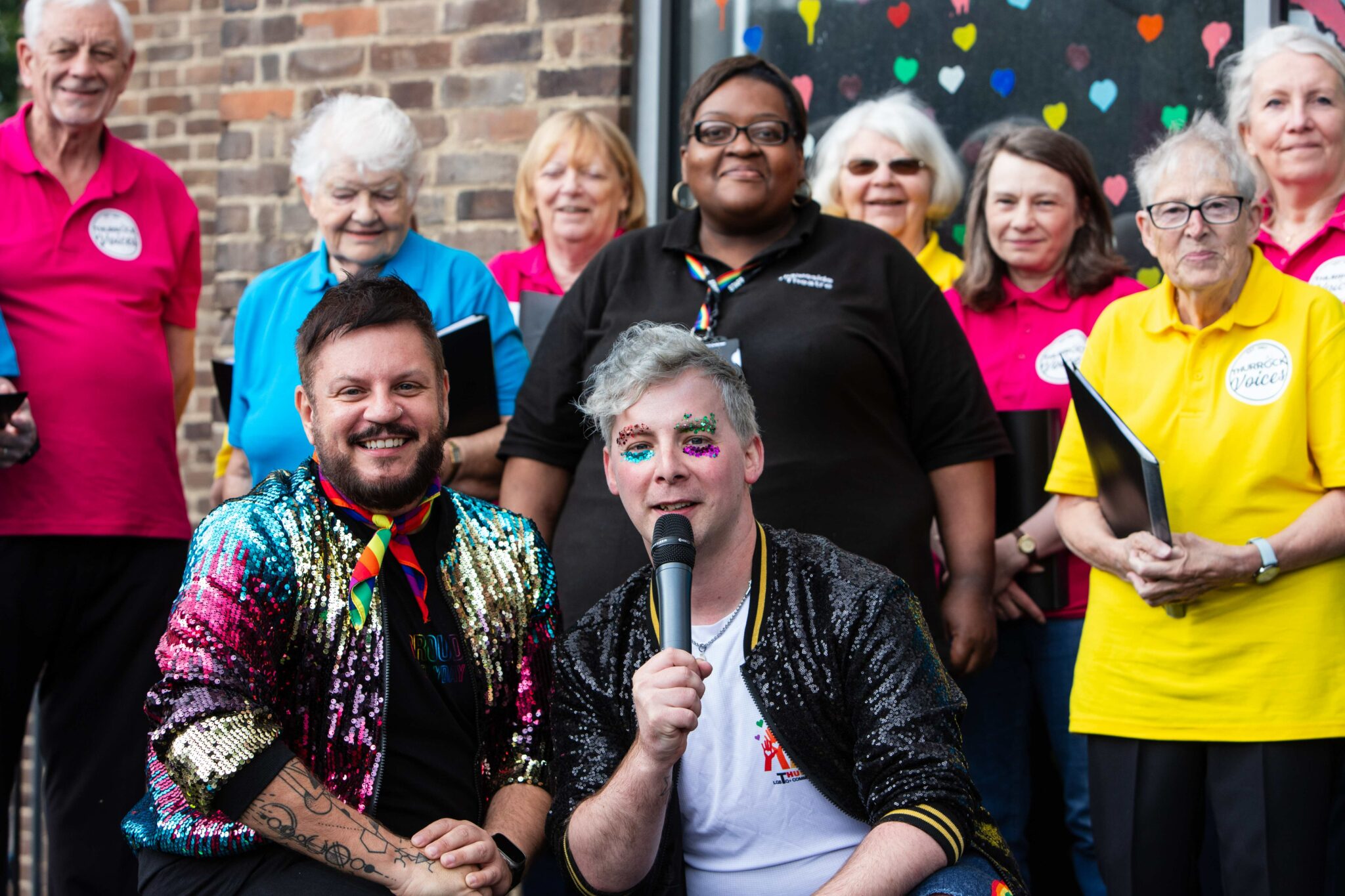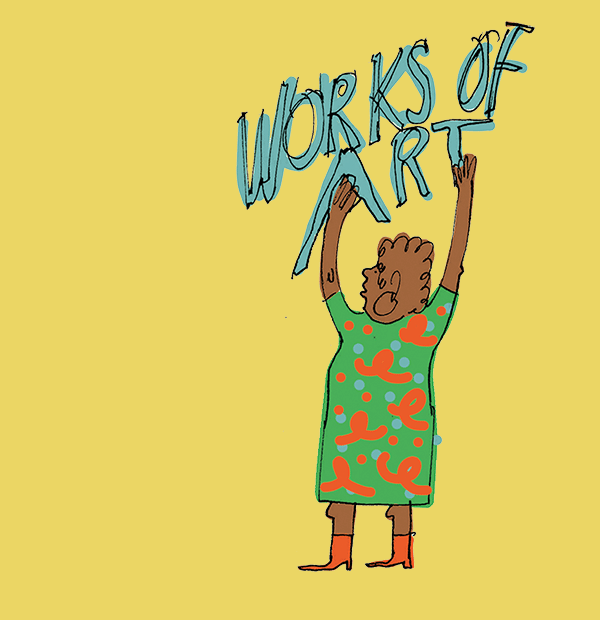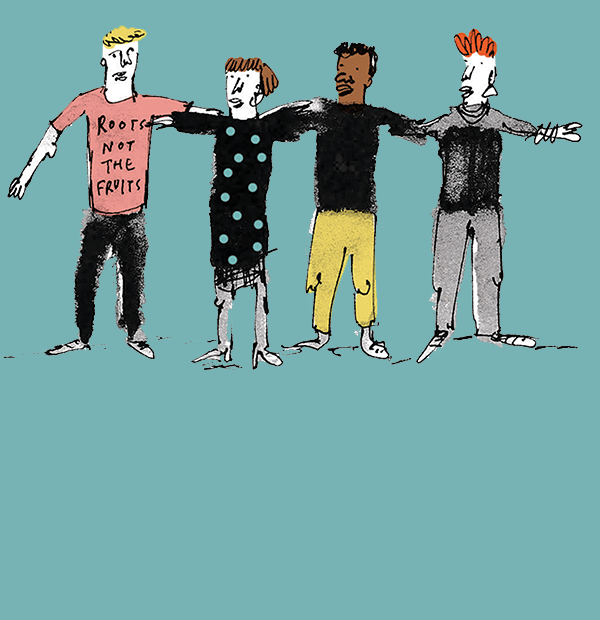This is part of a series of reflections on Creative Civic Change, Local Trust’s experimental funding programme that supported 15 communities across England to shape, lead and commission arts and creative interventions, to make positive social change where they lived.
This piece, by artist Amanda McLaren looks at the role of the Critical Friend in the project.
The Greater Creative project in Blackwell Parish, Derbyshire had a Locally Trusted Organisation (LTO) called Platform Thirty 1. This organisation has a well-developed understanding and practice of leading social change through arts and cultural engagement.
As the Creative Civic Change Critical Friend for Greater Creative, I was fortunate to be in the role with someone who is well versed in reflective practice and who is self-aware, enquiring and has a drive to dig-deeper.
At our first meeting, even though we weren’t sure what shape the relationship would take or what the journey ahead was going to look like, we started on a sound footing of openness and honesty.
Initially, I expected to work with each working party member much more closely, as working groups had been established for each of the different project strands. However, early plans flexed and changed due to the impact of COVID-19, and my Critical Friend role remained much more closely focused on my relationship with the LTO, and how they engaged with and supported the Greater Creative project to develop and deliver.
The importance of co-creation
The structure offered by the Creative Civic Change funding allowed for the project to respond to this flex and change, and to alter plans still committing to the core principles of the project.
My background as an artist and practitioner was less relevant in terms of stretching understanding or practice in this locality as the LTO were familiar and had considerable expertise in this.
However, co-creation was an on going theme in our conversations. Not because they were strangers to the concept but because they truly value the principles and wanted to ensure that these were embedded throughout all the work of the project.
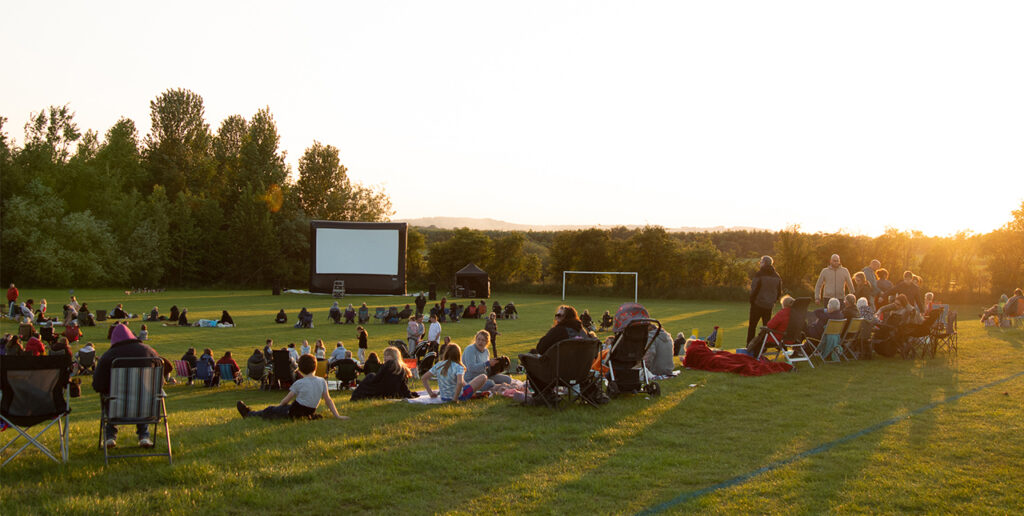
An open air cinema as part of The Greater Creative’s Creative Civic Change project.
Our attention was focused on how to share and develop an understanding of what is meant by co-creation, including with community, artists, gate-keepers and other key partners and potential partners.
Together we unpicked how to approach and positively manage challenging relationships. Often it was a case of just actively listening and creating a space and time in the diary for individuals to focus on a specific challenge, and for them to work through their own thinking and discuss a range of possible approaches or solutions.
My role as a Critical Friend
As a Critical Friend, I had the opportunity to be both integral and external to the project, to be knowledgeable about the plans and progress made and influential through challenge and reflective conversations.
However, as someone additional and one-step removed from the project, I could also be an external voice for the project, objective and not involved in some of the ‘close-up’ negotiations. I could advocate for, and remind people of, the underpinning and essential project principles and purpose.
I engaged in conversations with partners and stakeholders about co-creation, the importance of the community leading change that they wish to see in their parish and addressing the issues that they have identified and collectively agreed on as a priority.
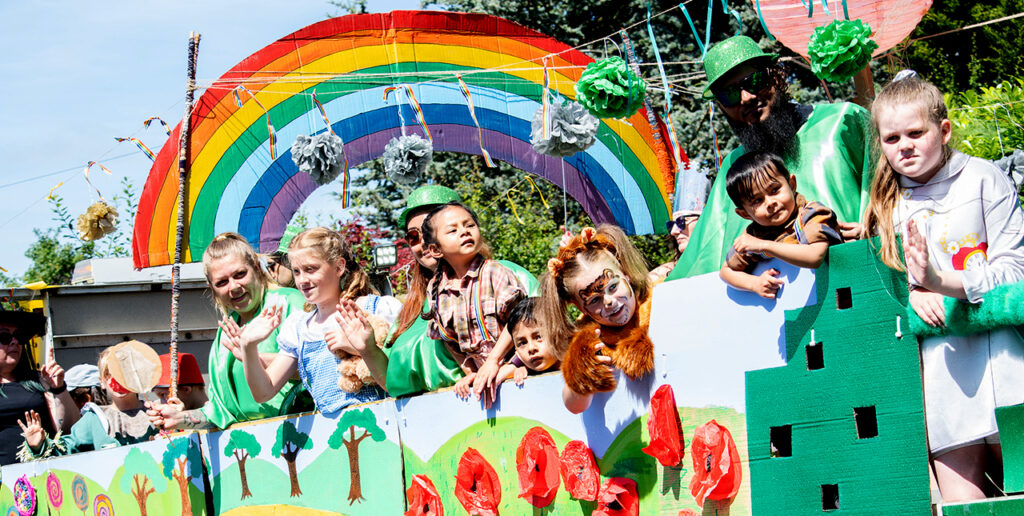
Children and their artwork as part of Greater Creative.
I spoke with artists about their role in the project and about their relationships to the community and its priorities, and we discussed the role of artists and the arts in making change happen through high quality and ambitious arts engagement, experiences and production.
The LTO and key staff are embedded within the community in which they are working and this has afforded the project both benefits and challenges.
They know the community well and are an established part of it, so therefore they also keenly feel the responsibility of making a successful project that is a positive experience for everyone involved. This is a high ambition to achieve, as so much depends on the interpretation of what success is and what it looks like.
However, the time and duration of the project funding has been essential in this regard, and after four years of activity and change, even some of the most reluctant people and dissenting voices are really ready to believe in the difference that the arts and community-led change can make.

